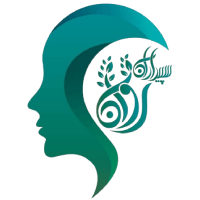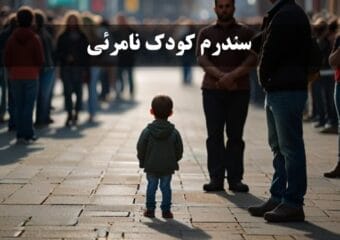
Blog
Jean Piaget
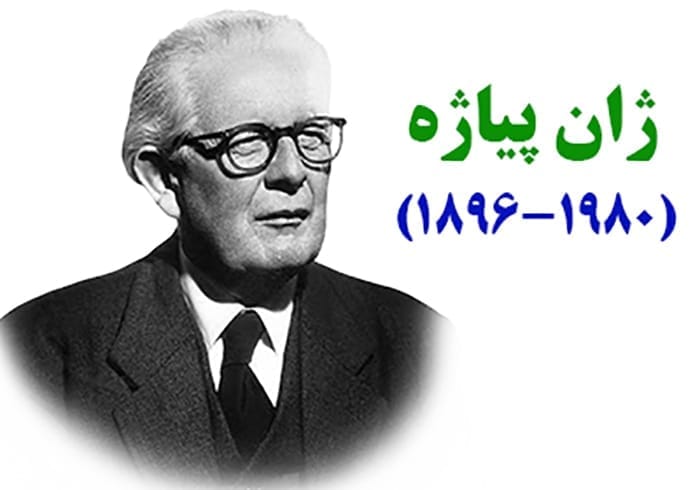
Jean Piaget, as a scientific figure, was not only a psychologist but also a biologist. He demonstrated that all children have a worldview and a stage-based perspective that is distinct from that of adults. Piaget’s theory had a profound impact on the emergence of developmental psychology as a distinct subfield within psychology. In a 2002 survey of 1,725 members of the American Psychological Association, Piaget was recognized as the second most influential psychologist of the 20th century. Given Piaget’s focus on the cognitive development of children, studying his views and perspectives can be very useful for a better understanding of the process of children’s cognitive growth and development.
فهرست عناوین
ToggleA Brief History of Jean Piaget’s Life (1896-1980)
Jean Piaget Jean Piaget, the prominent writer and zoologist, was born on August 9, 1896, in Neuchâtel, Switzerland, and passed away on September 16, 1980, in Geneva. He was the eldest son of Arthur Piaget, a professor of medieval literature at the university, and Rebecca Jackson. At the age of 11, while studying at the Neuchâtel Latin High School, Piaget wrote a brief note about an albino sparrow. During his youth, Piaget’s research papers primarily focused on mollusks, which gained wide acclaim and received considerable admiration among European zoologists. These papers marked the beginning of a distinguished scientific path that led to the writing of over sixty books and hundreds of articles. His interest in the field was so profound that by the end of his studies, he had become a prominent malacologist.
After graduating from high school, Piaget began studying zoology and philosophy at the University of Neuchâtel. In 1918, he received his doctoral degree in zoology and published two philosophical papers, which he referred to as his “teenage work.” However, these papers were of significant importance in shaping the overall direction of his thoughts.
In 1918, Jean Piaget took a semester of psychology under Carl Jung and Paul Eugen Bleuler at the University of Zurich, where he developed a deeper interest in psychoanalysis. The following year, he continued his studies in psychology at the University of Sorbonne in Paris. In 1921, Piaget began publishing his findings. That same year, he returned to Switzerland and was appointed director of the JJ Rousseau Institute in Geneva. In 1923, he married Valentine Chatenay, and the couple had three children: Jacqueline, Lucien, and Laurent. Piaget closely observed the intellectual development of his children from childhood to adulthood.
Between 1925 and 1929, Piaget served as a professor at the University of Neuchâtel. In 1929, he joined the University of Geneva’s faculty as a professor of child psychology, where he remained for the rest of his professional life. In 1955, he founded the International Center for Genetic Epistemology in Geneva and served as its director.
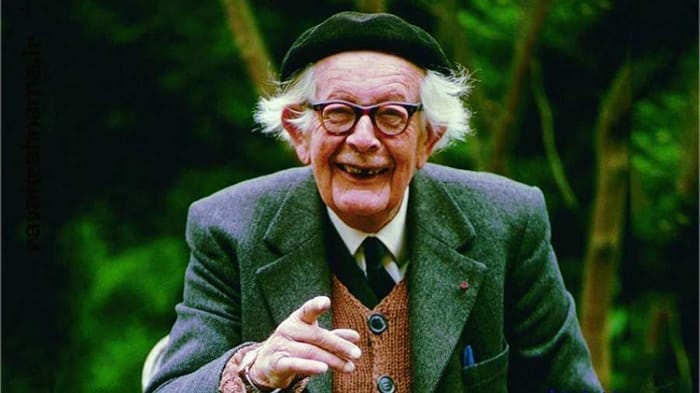
Piaget’s Stages of Cognitive Development
In Jean Piaget’s theories about the growth and intellectual development of children, he mentions that each stage of a child’s development adds something new and unique to their personality that did not exist in previous stages. He states that if development is disrupted in any of these stages, the adult personality that forms later in life may face various challenges.
Piaget viewed children as individuals who continuously and progressively reconstruct their model of reality. In other words, children are actively creating and shaping their present and future situations, and this process leads to an increase in their experiences and the formation of their personalities. Piaget states that the integration of simple concepts into more complex ones allows the child to move toward new stages of development. A child combines simple thinking with more complex thought to reach a new developmental stage.
Suggested article: Educational Psychology
Sensorimotor Stage (Birth to 2 Years)
In the early stage of life, known as the sensorimotor stage, the child becomes familiar with their physical existence and is able to recognize themselves as a separate entity from others. The child then realizes that objects around them also have permanent and separate existence. Failure to understand this important concept by parents can lead to developmental delays and problems in the child’s growth.
Preoperational Stage (2 to 7 Years)
In the second stage of a child’s development, known as the preoperational or symbolic stage, the child learns to represent their surroundings using internal representations or thoughts about the external world. From around the age of two to six or seven, the child begins to explore words and logical rules for using them. During this period, the child learns to represent objects using words and gains the ability to manipulate these words mentally, just as they previously manipulated physical objects.
Concrete Operational Stage (7 to 12 Years)
In the third stage of a child’s development, known as the concrete operational stage, from the age of seven to eleven or twelve, the child begins to use logic in their thinking processes and starts to classify objects based on their similarities and differences. During this period, the child also begins to understand concepts of time and numbers.
Formal Operational Stage (12 Years and Beyond)
The fourth stage of development begins around the age of twelve and continues into adulthood. During this stage, logical order in thinking and the ability to engage in sound reasoning are developed, along with the effort to follow through on these processes. In the final stage, the individual learns to manipulate abstract concepts, and how logically and systematically they do so can significantly impact their future. At this stage, individuals are capable of hypothesizing and sharing their hypotheses with others.
Suggested article: Introduction to schema therapy
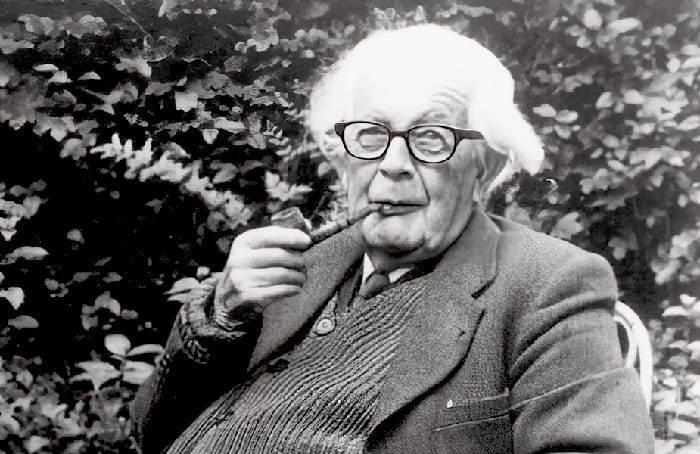
The Concept of Constructivism
Jean Piaget, as a prominent psychologist and biologist, introduced significant theories in both psychology and biology. One of the key concepts he proposed is constructivism. In this concept, Piaget explains that an individual’s cognition and thinking are shaped by the interaction between their ideas and experiences. He believed that a person’s knowledge is built through the interaction between their ideas and their experiences, and each new experience leads to the growth and evolution of their knowledge. This constructivist concept is fundamental in Piaget’s theories, highlighting the importance of the interaction between ideas and experiences in the process of human cognition and thinking.
برای مشاوره رایگان و رزرو وقت (یا اگر تماس گرفتید و قادر به پاسخگویی نبودیم) شماره تماس خود را وارد کنید. ما به زودی با شما تماس می گیریم!
